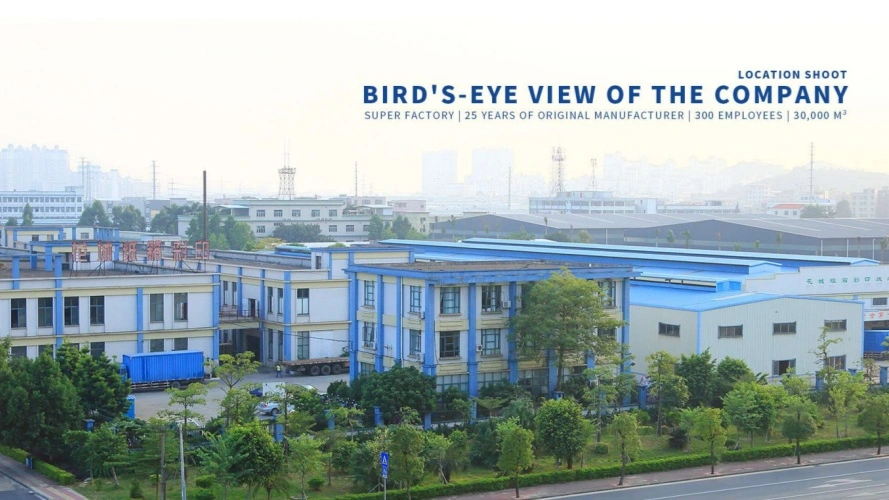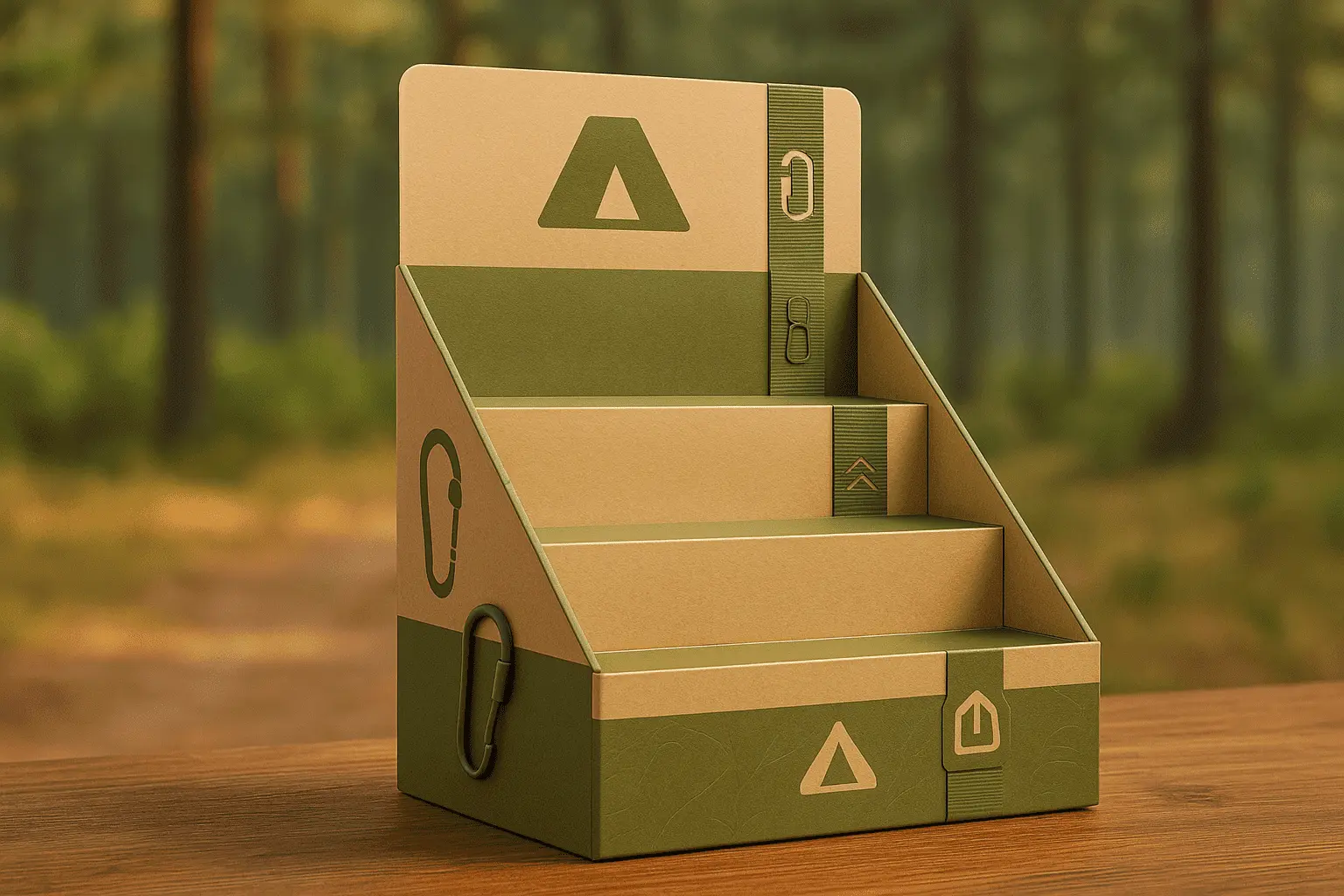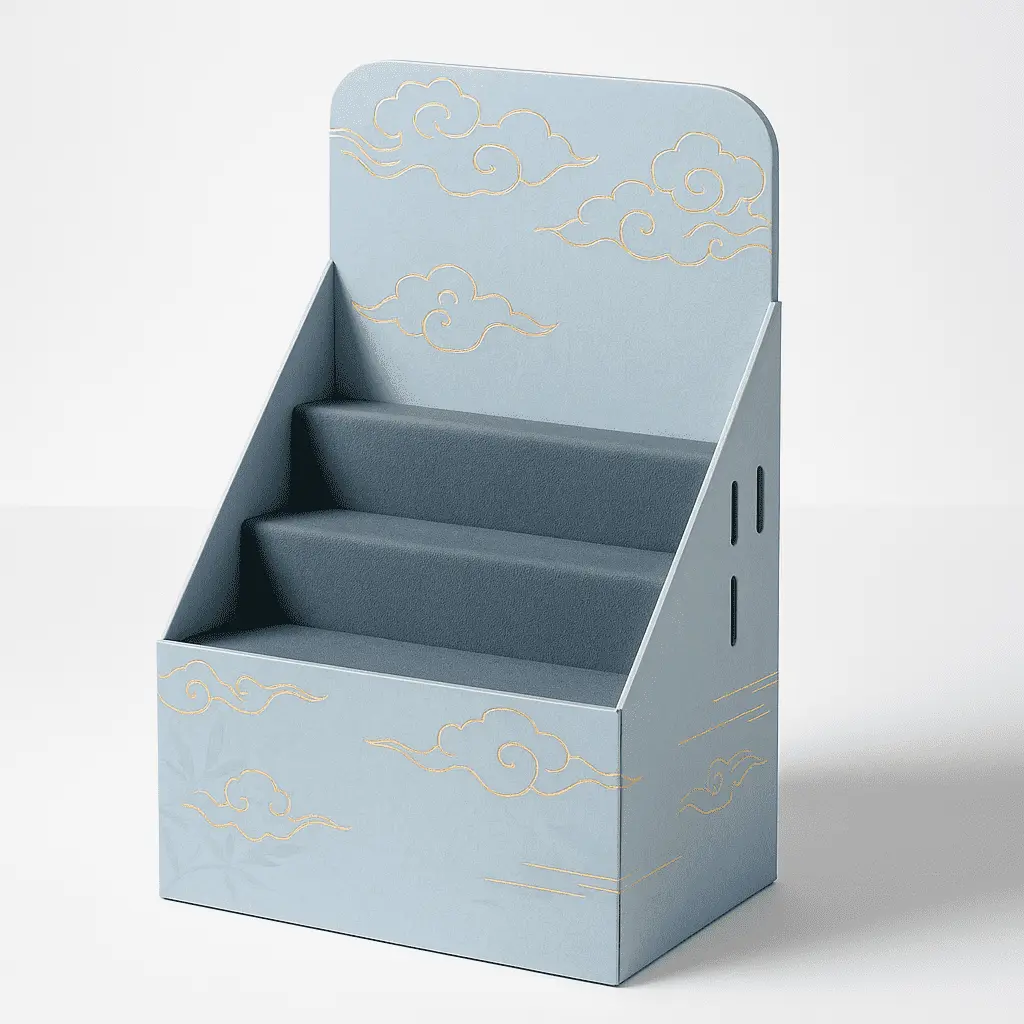The Fundamentals of Free Standing Display Units
Definition and Purpose of FSDUs
Free standing display units, commonly referred to as FSDUs, are standalone structures designed to showcase products in retail environments. These versatile promotional tools serve as both storage and display solutions, effectively catching customers' attention and driving impulse purchases. FSDUs come in various shapes, sizes, and designs, tailored to meet specific product requirements and brand aesthetics.
Key Components of an FSDU
A typical FSDU consists of several essential components that work together to create an effective display solution. The base provides stability and support, while the main body houses the products and often includes shelves or hooks for organization. Header cards or toppers are crucial for branding and messaging, drawing the eye and communicating key information to potential customers. Side panels can offer additional space for graphics or product information, enhancing the overall visual appeal of the unit.
Importance of Material Selection in FSDU Design
The choice of material for FSDU construction significantly impacts its performance, durability, and cost-effectiveness. Factors such as weight capacity, assembly ease, transportability, and environmental impact all hinge on the selected material. As sustainability becomes increasingly important in retail, the recyclability and eco-friendliness of display materials have gained prominence in decision-making processes. Ultimately, the right material choice ensures that the FSDU not only looks appealing but also functions optimally throughout its intended lifespan.
Cardboard FSDUs: Versatility and Cost-Effectiveness
Advantages of Cardboard in FSDU Construction
Cardboard has long been a favorite in the world of free standing display units, and for good reason. Its lightweight nature makes it easy to transport and set up, reducing logistical costs and simplifying in-store placement. The material's versatility allows for intricate die-cutting and printing, enabling creative designs that can truly make products stand out. Moreover, cardboard's affordability makes it an attractive option for temporary or seasonal promotions, allowing businesses to refresh their displays frequently without breaking the bank.
Customization Options for Cardboard Displays
One of the most significant advantages of cardboard FSDUs is the vast array of customization options available. From simple single-color prints to vibrant full-color graphics, cardboard surfaces provide an excellent canvas for brand messaging and product information. Structural designs can range from basic shelving units to complex, multi-tiered displays with unique shapes and interactive elements. This flexibility allows brands to create displays that not only showcase their products effectively but also reinforce their brand identity and engage customers in innovative ways.
Limitations and Considerations of Cardboard FSDUs
While cardboard offers numerous benefits, it's essential to consider its limitations when planning an FSDU strategy. Durability can be a concern, especially in high-traffic areas or for long-term use. Moisture sensitivity is another factor to consider, as cardboard displays may warp or weaken in humid environments. Weight capacity is generally lower compared to more robust materials, potentially limiting the types of products that can be displayed. However, many of these limitations can be mitigated through strategic design choices and appropriate use cases, making cardboard a viable option for a wide range of display needs.
Honeycomb Core FSDUs: Strength and Sustainability
Understanding Honeycomb Core Technology
Honeycomb core technology represents a significant advancement in display unit construction. This innovative material consists of a layer of hexagonal cells sandwiched between two flat sheets, mimicking the structure of a natural honeycomb. The result is a remarkably strong yet lightweight material that offers superior load-bearing capacity compared to traditional cardboard. The unique structure of honeycomb core allows for excellent rigidity and stability, making it an ideal choice for more demanding free standing display unit applications.
Environmental Benefits of Honeycomb Core Displays
As sustainability becomes an increasingly important consideration in retail design, honeycomb core FSDUs offer compelling environmental benefits. The material is often made from recycled paper products and can be fully recycled after use, aligning with eco-friendly retail practices. The lightweight nature of honeycomb core also contributes to reduced transportation emissions, further enhancing its environmental credentials. Additionally, the durability of honeycomb core displays often means they can be reused multiple times, reducing waste and the need for frequent replacements.
Cost Considerations and Long-Term Value
While honeycomb core FSDUs may have a higher initial cost compared to cardboard alternatives, they often provide superior long-term value. The increased durability means these displays can withstand extended use and multiple setups, making them ideal for recurring promotions or long-term product showcases. The material's strength also allows for larger, more complex structures that can accommodate heavier products, potentially reducing the need for multiple smaller units. When considering the total cost of ownership, including factors like lifespan, reusability, and product protection, honeycomb core displays can offer significant advantages for businesses looking to optimize their display investments.
Conclusion
The choice between cardboard and honeycomb core for free standing display units ultimately depends on a variety of factors, including budget, intended use, environmental concerns, and brand image. Cardboard offers unparalleled versatility and cost-effectiveness for short-term or frequently changing displays, while honeycomb core provides superior strength and sustainability for longer-term or more demanding applications. By carefully considering the specific needs of each promotional campaign and the products being displayed, businesses can make informed decisions that maximize the impact of their FSDUs while aligning with their overall marketing and sustainability goals.
Contact Us
Ready to elevate your retail displays with cutting-edge free standing display units? Whether you're leaning towards the versatility of cardboard or the strength of honeycomb core, our team of experts is here to help you create the perfect FSDU solution for your brand. Contact us today to discuss your unique needs and discover how we can bring your vision to life with our innovative packaging solutions. Reach out to us at support@fetchingprinting.com and take the first step towards transforming your in-store presence!





